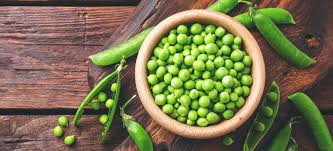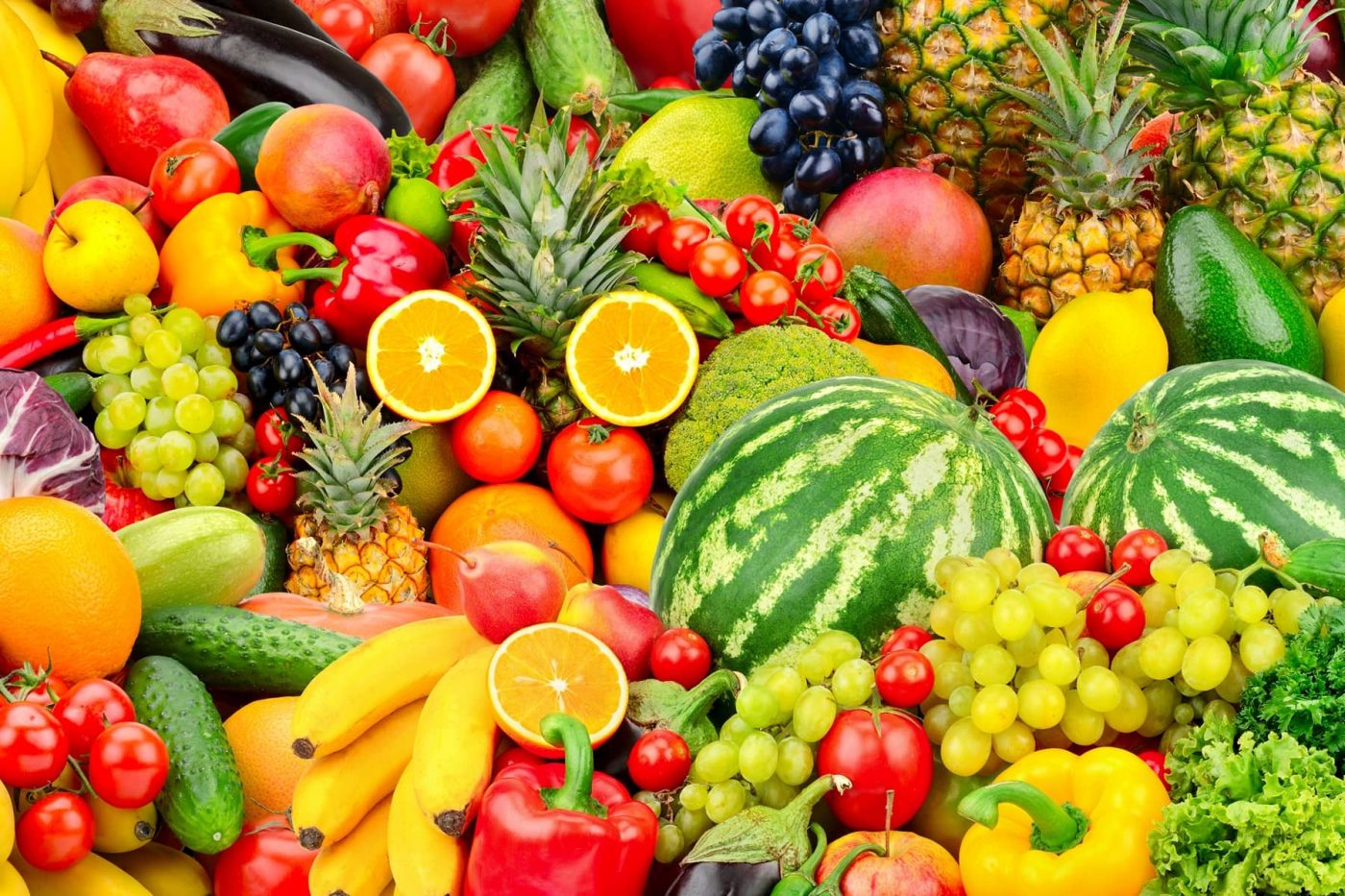Are you worried about sugar level in your body? Diabetes is a condition that impairs the body's ability to process blood glucose. Well! Read natural treatments & necessary precautions to overcome this problem. You can ask your query to both Allopathy & Ayurveda experts.

Type-2 diabetes is a condition which affects the way the body processes blood sugar. In this condition, the body of the patient either doesn't produce the hormone insulin or it resists the effects of insulin, making it incapable of regulating blood sugar. There are over 10 million cases of Type-2 diabetes in India every year. Some of the reported symptoms of Type-2 diabetes include excessive thirst, frequent urge to urinate, hunger, fatigue and blurred vision. This condition may be managed through medication, exercise and by following a healthy diet. It is crucial for a patient of Type-2 diabetes to follow a strict and healthy diet, which prevents any sudden spikes in blood sugar levels. This is why diabetics must carefully analyse every food on their plate and include more foods that control blood sugar.
Green pea or matar is one such vegetable that diabetics may benefit from including in their diet. One of the most popular desi vegetables, green peas are utilised in Indian cooking across the subcontinent. Although peas are a winter vegetable, nowadays they are available around the year. Green peas can be added to a variety of dishes to add nutrition to them.
Benefits Of Green Peas For Diabetics
There are a number of reasons why green peas are good for patients of Type-2 diabetes:
1. Low in Calories
A 100 gm portion of green peas contains only 80 calories (as per the data by United States Department Of Agriculture). Low-calorie foods are important for diabetics as being overweight is a risk factor for Type-2 diabetes. Additionally, weight gain in diabetics makes it even harder for patients to control blood sugar levels.
2. Rich In Potassium
A deficiency of potassium may increase risk of diabetes and hence this mineral is important for those who are vulnerable to the condition. Green peas contain 244 mg of potassium per 100 gm (as per USDA), which may be good for diabetics. Additionally, potassium is important for keeping blood pressure levels under check.
3. Rich In Protein
A 100 gm portion of green peas contains 5 gm of protein (as per USDA data). Protein is a satiating nutrient, which may prevent hunger pangs. Additionally, protein is important for weight management, which is also important for diabetics.
4. Rich In Fibre
A 100 gm portion of green peas contains 14 gm of carbohydrates, including 5 gm of fibre (as per USDA data). Fibre is perhaps the most important nutrient for diabetics to focus on. This nutrient is crucial for regulating blood sugar levels and blood pressure. This is because it is digested slowly in the body, releasing blood sugar slowly and preventing any spikes.
Diabetics may add peas to their rice dishes, salads, breakfast omelettes, upma, pies and even pastas. It is important to consult your dietitian before adding any food to your diabetes diet.
One of the most common myths about diabetes is that it is caused by consuming too much of sugary foods. Indeed, sweets can affect your body but they do not cause diabetes. Diabetes is a health condition which is caused by high blood sugar levels. It is extremely unhealthy and can adversely impact the overall health. However, there's also no denying the fact that intake of sugar items in such conditions can increase it significantly. Hence diabetic patients should avoid high sugary foods in order to prevent hyperglycaemia, also known as high blood sugar. If you're suffering from diabetes, then it is of utmost importance to take care of your carbohydrate intake as it can trigger the sugar levels to a great extent.
When it comes to desserts, it is essential for diabetic patients to not go overboard with them. Having diabetes not always means that you totally have to cut yourself from sugar. Instead, you may swap it with some other natural sweets. According to Expert Nutritionist Dr. Rupali Datta, "Diabetic patients can have desserts until the desserts are providing them with nutritional requirements. They should make sure that the desserts are made with artificial sweeteners and with the help of natural ingredients. You can even have brown rice with milk with some artificial sweeteners and can add some dry fruits to enhance the taste. What matters is that they should be made up of natural ingredients and sugar substitutes must be there"
Desserts like cookies, pastries, cakes and ice creams should not be eaten as they won't be providing you with the sufficient nutritional value. Instead, you could opt for low-fat sugar-free frozen yogurt, fig bars, or even some unsweetened oat cookies. If you happen to have a sweet tooth and find it difficult to resist on them, then make sure that you buy one bar at a time, instead of buying in bulk and storing it at home. This will save you from unnecessary odd hour munching. Apart from this, it is quite important to give priority to the nutritional value in the anything you consume. So, choose wisely!

Diabetes is a condition that affects the body's ability to process blood sugar normally, leading to an excess of glucose in the blood. There are two different types of diabetes - Type-1 diabetes and Type-2 diabetes. While the former is a result of the pancreas producing little or no insulin, the latter is a lifestyle disorder, resulting from the body becoming insulin resistant. Diabetes affects millions of people in India every year and common symptoms of the condition include frequent thirst, frequent urge to urinate, fatigue and hunger and even blurred vision in some cases. Diabetics need to be very careful about what they eat on a daily and even hourly basis. Diabetics need to be extra careful of their diet. They should include food that is high on fibre content. Fibre enables slow release of sugar in the bloodstream that prevents abnormal spikes.
There are certain foods and drinks that people can include in their diet to regulate their levels of blood sugar and onion is one of them. The vegetable may prove to be beneficial for diabetics, especially during summers.
Benefit Of Onion For Summers
Onion is an indispensable part of the Indian cuisine. It's used in preparing almost every curry and rice dish, and is a common part of sides and accompaniments like chutneys, salads etc. Onion also comes with a number of health benefits, including boosting skin and hair health, as well as protecting the body against symptoms of heat stroke. Red onions, which are the most common onions used across the Indian subcontinent, are rich in the compound quercetin, which is a flavonoid and which is said have anti-histamine properties. This means that it stops the release of allergen histamine from cells. It may, therefore, help prevent rashes due to heat on the skin. It also helps in preventing allergies and fights inflammation in the body.
Benefit Of Onion For Diabetes
Onion or onion juice may be consumed during summers to fight adverse impacts of the heat, as well as to regulate levels of blood sugar. A recently published review of studies on the impact of quercetin has indicated that the compound may help diabetics. The review that was published in the journal Phytopherapy Research said that daily consumption of quercetin supplements in dosage 500 mg or above for eight weeks, lowered blood glucose levels in metabolic syndrome patients. The participants were at a high risk of developing diabetes. Other than that, the juice from onions is also recommended for consumption as well as external use during summers, to treat heat stroke and soothe sun burns, respectively.
Another study conducted on rats concluded that diets containing 5 percent onion extracts for a period of 28 days were able to decrease fasting blood glucose levels. These anti-diabetic effects of red onions come from the presence of both quercetin and sulphur compounds in it.
Include red onions in your salads, sandwiches, savoury porridges, brown rice dishes etc. to reap the benefits of the vegetable. Pregnant women may be advised to stay away from excessive consumption of too much onion. In case of food allergies or chronic illnesses, it is advised to consult your dietitian or physician before adding any food to your diabetes diet.
Nutritional Composition of Raw Onions
One cup of chopped onion contains approximately:
- 64 calories
- 15 grams of carbohydrate
- 0 grams of fat
- 3 grams of fibre
- 2 grams of protein
- 0 grams of cholesterol
- 7 grams of sugar
- 10% or more of the daily value for vitamin C, vitamin B-6 and manganese.
- They also contain small amounts of calcium, iron, folate, magnesium, phosphorus and potassium and the antioxidants quercetin and sulfur.

Black seeds, or kalonji, may not be entirely unknown to Indians, but it is certainly a rare find in Indian kitchens. The culinary uses of the seeds, also known as black cumin or Nigella Sativa, are many, including using them to top flatbreads, as well as adding it to a number of dals and curries. Black seeds are quite aromatic and can add a distinct flavour to some dishes that they are used in preparing. However, these seeds are quite under-appreciated for their health benefits, which are numerous. They are rich in potassium, protein, fibre as well as a number of essential vitamins and minerals, as well as healthy fats, amino acids and antioxidants.
Black seeds are consumed in the whole form or in the form of its cold-pressed oil that is extracted from the seeds. One of the best uses of black seeds is the use of black seed or black seed oil for regulating blood sugar levels in diabetics. The oil may be especially beneficial for Type-2 diabetics as it can benefit them in multiple ways. There are powerful antioxidants in black seeds or kalonji which have positive impact in a number of ways on the overall health of Type-2 diabetics.
Black Seeds And Black Seed Oil For Type-2 Diabetes
Here are some incredible benefits of black seeds and black seeds or kalonji oil for Type-2 diabetes:
1. Regulates Blood Sugar Levels
Some research has indicated that black seeds or kalonji may help regulate blood sugar levels. The studies have shown that adding kalonji or kalonji oil to diabetic diet may improve fasting and average levels of blood sugar.
2. Regulates Cholesterol Levels
Diabetics are at an increased risk of heart diseases as diabetes tends to lower the levels of High Density Lipoprotein (HDL) or good cholesterol and increase the levels of bad cholesterol or Low Density Lipoprotein (LDL). Black seeds help in reducing this risk by improving the levels of good cholesterol as it is rich in poly- and mono-unsaturated fatty acids. Black seeds have no cholesterol and studies have shown that adding kalonji to your diet can decrease levels of blood LDL and blood triglycerides.
3. Fights Inflammation
Hyperglycaemia or increased blood sugar level is also linked with increased inflammation in the body. So people suffering from Type-2 diabetes tend to have high levels of inflammation, which is where black seeds come in. Research has shown that including kalonji oil or kalonji in your daily diet can reduce symptoms of inflammation and oxidative stress in the body, allaying further health complications or risks related to inflammation in patients of Type-2 diabetes.
Kalonji or black seeds are also incredibly rich in potassium- a mineral that diabetics are deficient in and that is helpful in maintaining blood pressure in blood sugar patients. Furthermore, it is incredibly rich in iron and the immunity-boosting Vitamin C, which are both important for improving overall health in diabetics. Patients of Type-2 diabetes may hence, benefit from including black seeds or kalonji, or its oil in their daily diet.

Diabetes is emerging to be one of the most prevalent health conditions around the world. According to a study, around 98 million Indians are at risk of developing diabetes by the year 2030. Diabetics need to be very cautious with what they include in their diet. While we know that junk food, processed food, and sugary goods can cause immense blood sugar fluctuations, but did you know that some of the healthiest fruits too could take your blood sugar levels for a toss. You must have heard of starchy and non-starchy foods. If you are a diabetic, you must know about the carb content of the fruits that you're eating. Here are some tips you should know about if you are planning to include different types of fruits in your diabetes diet.
1. Go for fruits with low glycemic index: The glycemic index (GI) is a relative ranking of carbohydrate in foods according to how they affect blood glucose levels. Eating high glycemic index foods tend to spike your blood glucose levels. On the other hand, consuming foods that have low GI index enables slow release of sugar in the bloodstream. Fruits like guavas, apples, pears, and grapefruit are all low glycemic fruits you can have in moderation.
2. Do not go for overripe fruits: Overripe fruits tend to be much denser in sugar than the raw or perfectly ripe ones. Therefore, it is best to avoid them if you are a diabetic.
3. Some healthy fruits can also prove to be risky: Fruits are indeed a healthy addition to any diet, but sometimes even the healthiest of fruits could cause an upsurge in blood sugar levels. Fruits like melons, watermelons, mangoes and chikoo are packed with healthful nutrients and antioxidants, but diabetics need to be very careful with these fruits as they also have high natural sugar content. If you like to snack on these fruits, make sure you balance them well with low-carb, low-sugar fruits and nuts too.
4. Do not juice your fruits: It is best to eat your fruits whole. It is a good way to ensure that all good fibres are going inside your body. Fibres take the longest time to digest; since they take a while to breakdown and metabolise, fibre tends to prevent sugar spikes. If you juice your fruits, you lose out on a considerable amount of fibres. It is also a wise idea to avoid market-based juices as they are often concentrated with sugar and artificial sweeteners.
5. Try to have fruits with their peel on: Fruit peels contain a significant chunk of fibres; hence, you should try to have fruits with their peel on, whenever and wherever you can. For instance, apples, pears, guava, plums should be consumed without peeling.
6. Diabetics should not have dried fruits like raisins, prunes, dried peaches. According to consultant nutritionist Dr. Rupali Datta, "One should ideally avoid dry fruits as they are concentrated versions of fresh fruits. Naturally then, in these concentrated forms, everything goes up. The sugar levels, the glycemic index."
Take note of these points, and if you happen to see any abnormal fluctuations in your blood sugar levels, consult an expert.












